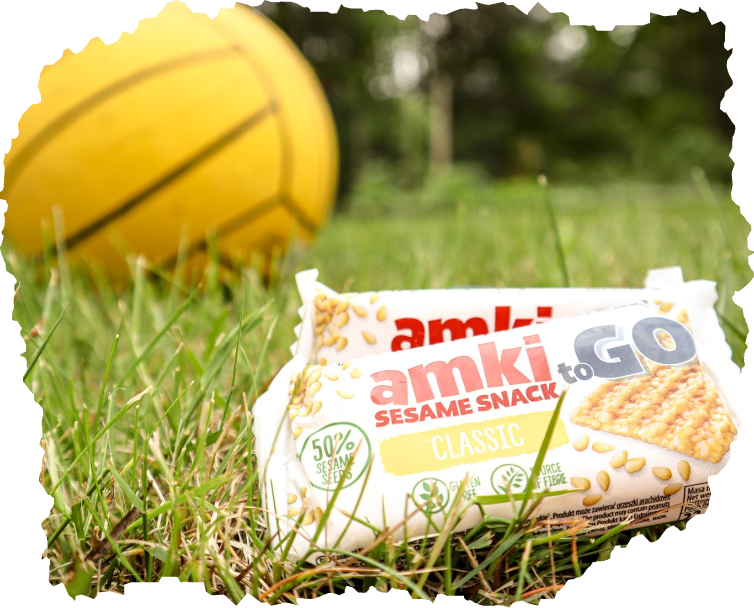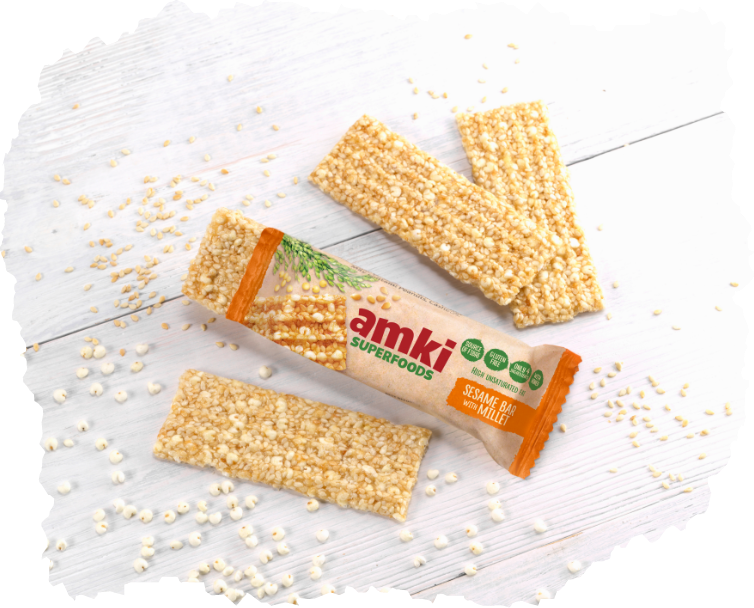What sweets should we choose for children?
Many parents are strongly determined to prevent their children from eating sweets. Keeping a restrictive diet among toddlers is quite easy, but with children growing it’s getting harder to keep them away from sweets . How to explain to a youngster that it will not get a sweet snack when it sees a peer, who enjoys eating a candy bar? Maybe we should not completely resign from sweets, but instead learn how to choose the healthier ones?. Together with a dietician. we’ve prepared few advices for you.
Why should we allow children to eat healthier sweets?

What to look when selecting sweets for children?
Child knows the sweetness since birth. A mother’s milk has a nice aftertaste that can be changed depending on diet applied by the feeding mother. Next, babies discover the subtle sweetness contained in juices and fruits. As the menu expands, we give the child kissel, pudding, homogenized cheese, and even biscuits or homemade ice cream.
Learning the sweetness once makes the child want to return to this pleasant feeling. However, what should we do if our child wants to eat something sweet? How can we recognize healthier sweets?
The ingredients contained in a given snack are the most important element. We should remember that the shorter is the ingredient list, the healthier the snack is; the so-called clean label is a term used in food industry to highlight that a product is natural and does not contain artificial additives. We should also pay attention to nutrition facts label of a product. We should focus on the number of calories, as well as their quality, that is, the smaller ratio of empty calories. This means that sweets supplying additional benefits, such as fibre, protein, essential unsaturated fatty acids, vitamins, and minerals will be the better choice – comments Celina Klinicka, dietician.
You can always find and check calorific value ratios appropriate for a given age on the Internet, on websites specifically dedicated to this matter.
Sugar in child’s diet. What is the demand?

Why is it worth to choose healthy sweets?
What our children like the most? Sweet drinks, chocolate, various candy bars, colourful candies, ice cream… the list goes on and on. What should replace sweets when you or your child will suddenly have a craving for a chocolate?
Many parents often ask me about substitutes of traditional sweet snacks and drinks for their children. There are many healthier alternatives that we can offer to our children. First of all, fruits and homemade juices without added sugar. We can also include muesli or corn flakes with milk or alternative snacks, for example, on the base of sesame that contains numerous beneficial microelements and vitamins necessary in correct growth of children – comments Celina Klinicka, dietician.
It is also worth to introduce alternative sweeteners into daily diet. Among them you will find: stevia, xylitol, maple or date syrup, honey, molasses, or erythritol.
Why sesame snaps are a great healthier alternative to sweets for children?
Loaded with sesame seeds, extra crunchy Amki Sesame Snaps is the perfect proposition for parents, who are looking for healthier sweets for their children. Sesame used as the base for sesame snaps is a source of fibre, numerous important microelements and vitamins, essential unsaturated fatty acids (EFA) that are important for proper kids development . We have a wide flavours offer within our range so that every child will be able to find its favourite.
